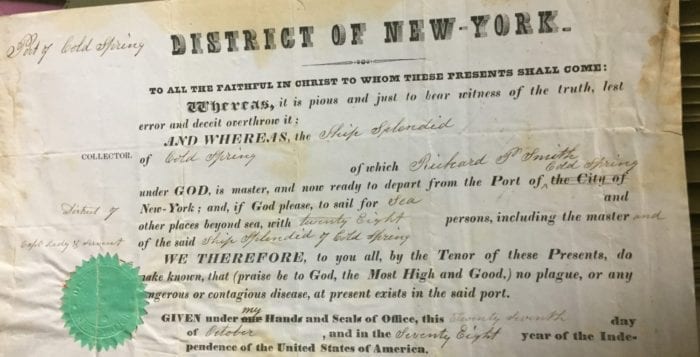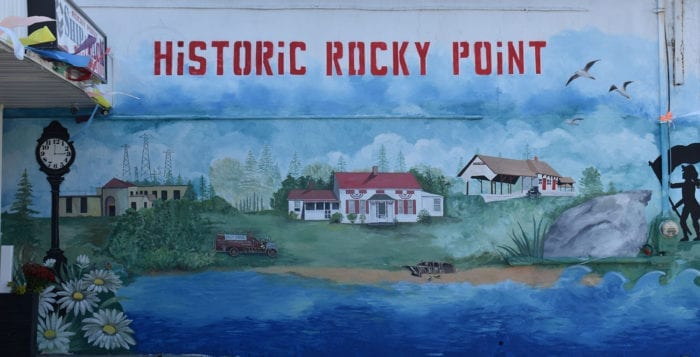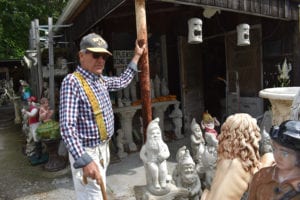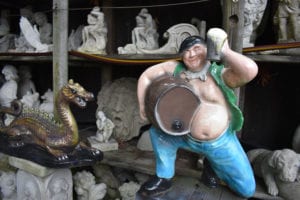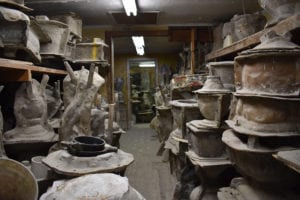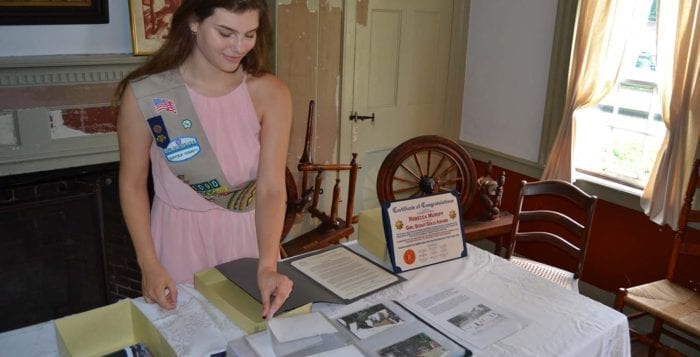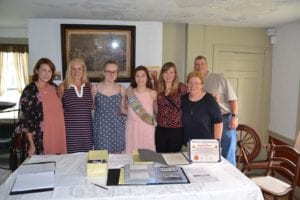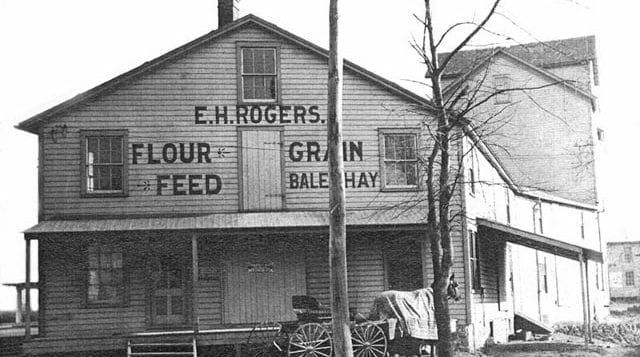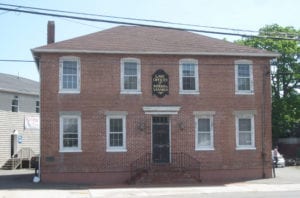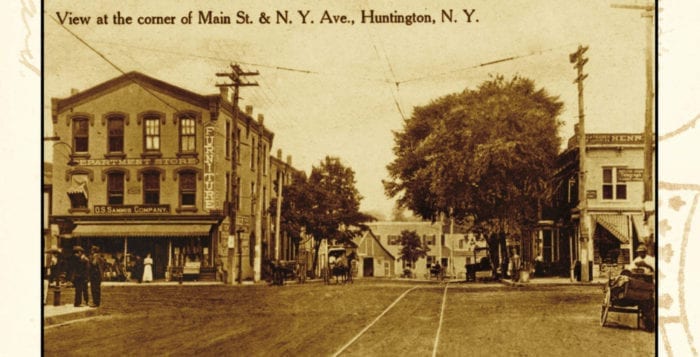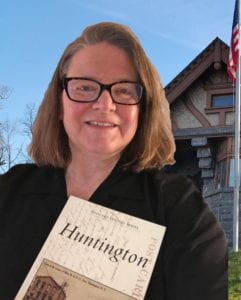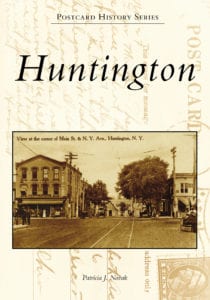A Mount Sinai Boy Scout literally restored an entryway to local history to complete his Eagle Scout project.
The front door to the William Miller House on North Country Road, a centuries-old building that has long served as the headquarters for the Miller Place-Mount Sinai Historical Society, was in a state of disrepair for longer than historian Edna Giffen could remember. Now, thanks to 17-year-old Scout Michael Muroff from Troop 1776, a brand new door constructed with a nod to history in mind hangs from the hinges, serving as a refurbished entry to local history.
Boy Scouts hoping to achieve Eagle status, the highest rank attainable by a male Scout, are tasked with completing a project that demonstrates leadership and benefits the community. Repairing the front door of the historical society met the criteria for Muroff, who said he and his family had been attending events — like the annual Country Fair that took place Sept. 29 during Muroff’s project unveiling — at the house since he was a kid.
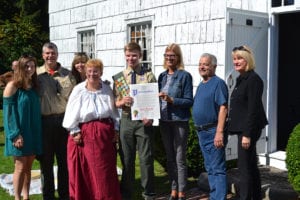
“I’ve always had an interest in local history, and it was always a subject I excelled at in class, and I thought by doing this project it would be a good way of giving back to the community and something that I really enjoy,” he said.
The work started with four to five weekends dedicated to just stripping the old paint off of the door frame using a heat gun and metal stripper, according to the Scout. With help from a local woodworker and others, a new, yet true to the original batten door was constructed. Batten doors traditionally have between six and eight wooden planks bound together. Muroff’s door features seven planks and includes the door’s original hinges, restored and repainted as well as part of the project. He also found authentic galvanized nails to match the original and maintain the new door’s historic integrity. The door’s original handle was left as is though, according to Muroff.
“The old door was falling apart and dilapidated, so we had to just completely make a new one,” Muroff said.
Town of Brookhaven Councilwoman Jane Bonner (C-Rocky Point) attended the event and joked she had never seen the front door of the building hang so straight and close so tightly.
“We always like to take time out of our day to recognize and honor our Scouts,” she said. “So much attention is focused on the bad things our kids are doing and not on the good things they’re doing. It makes me feel good to know that we’re surrounded by some really great kids.”
In August, Muroff’s sister Rebecca completed her Gold Award project, the equivalent to the Eagle project but for Girl Scouts, which entailed cataloging the historical society’s vast collection of historic photos. The Scouts’ dad Greg Muroff served as Michael’s Scoutmaster throughout his time working through the program.
“It’s just wonderful that many years coming down to the Country Fair and to see Postman Pete, just to have my children Rebecca and Michael give back to the historical society and the community is just a wonderful thing,” he said. “Mike has a tremendous love of history and this was an ideal project for him.”
He said it will be special for both him and his son to drive past the house on North Country Road for years to come and see his hard work front and center.
“I have to say, as his dad and Scoutmaster I’m especially proud,” the Scoutmaster said. “The Eagle Scout award is more than just a project, it’s a culmination of their Boy Scout career. It means a lot of leadership, service to the community and self-discipline.”


